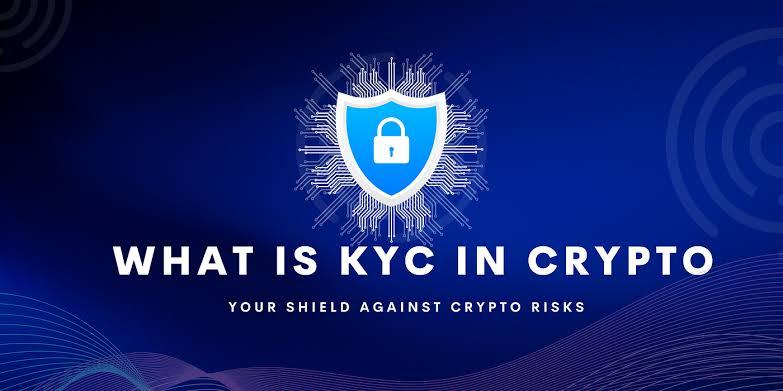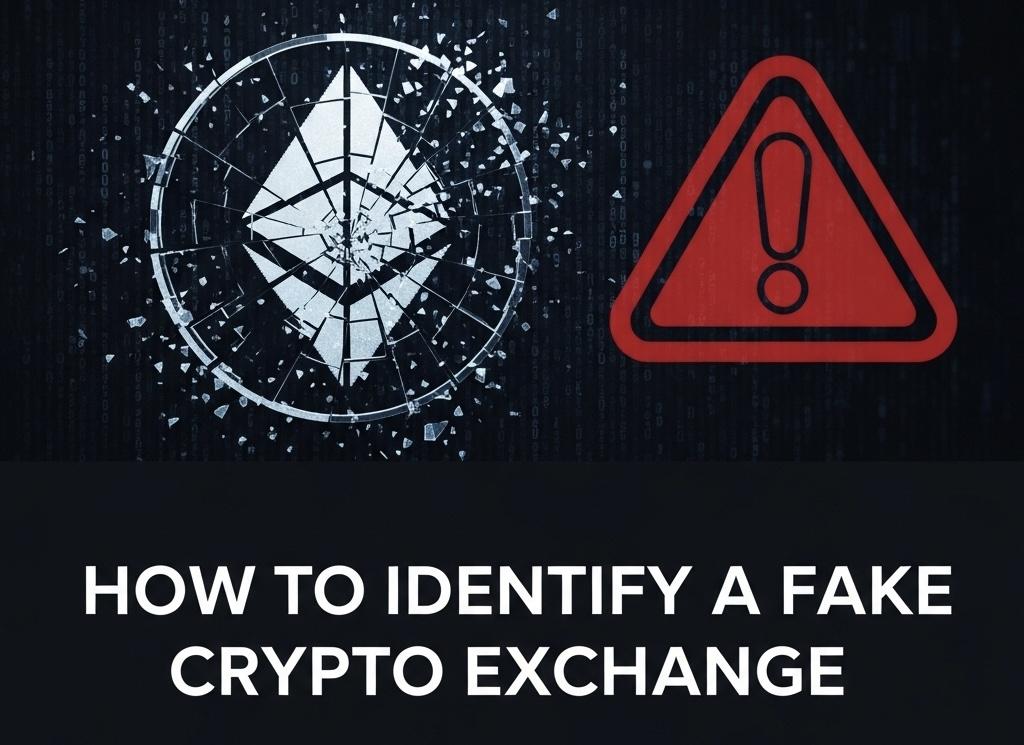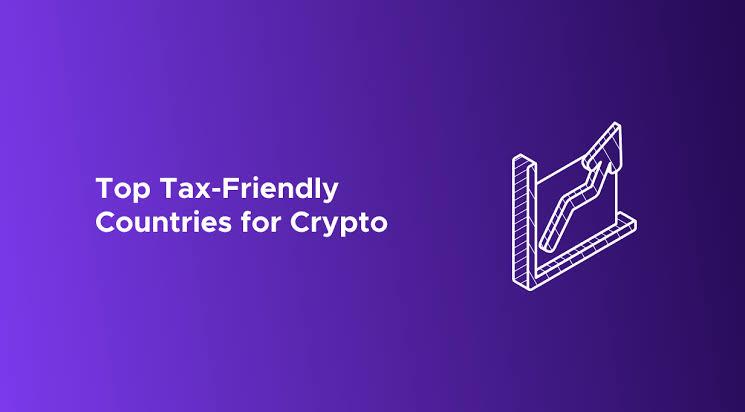KYC stands for Know Your Customer. In crypto, it's a process that platforms use to verify the identity of their users in order to comply with laws, especially AML (Anti-Money Laundering) regulations
🔍 What Does KYC Involve?
To complete KYC, users are usually required to submit:
1. Government-issued ID (e.g., passport, driver’s license)
2. Selfie or facial verification
3. Proof of address (e.g., utility bill, bank statement)
4. Sometimes, source of funds or occupation info
🏦 Why KYC Matters in Crypto
KYC helps crypto platforms:
- Prevent money laundering
- Stop terrorist financing
- Comply with regulations
- Reduce fraud and identity theft
- Build trust with banks, regulators, and users
⚙️ Where KYC Is Used in Crypto
You’ll typically encounter KYC on:
- Centralized exchanges (CEXs) like Binance, Coinbase, Kraken
- Fiat on/off ramps (e.g., buying crypto with a credit card or bank transfer)
- Launchpads or IDO platforms
- NFT marketplaces (increasingly)
- Some regulated DeFi protocols
⚠️ Risks of Skipping KYC
- If a project or platform doesn’t follow KYC rules when required:
- It could be banned, fined, or shut down
- Users might lose access to funds or services
- It could be blacklisted by other platforms and partners
✅ Final Takeaway
KYC in crypto is:
- A compliance tool to fight crime and meet regulations
- Increasingly required in most countries
- Controversial in privacy-focused parts of crypto












